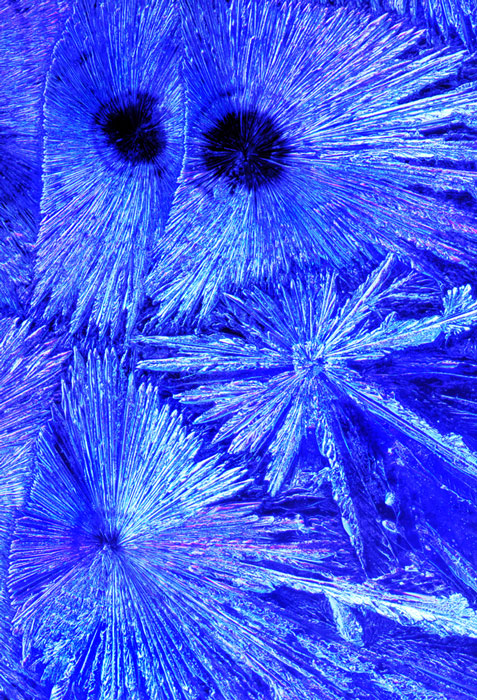 Glucosamine (2-amino-2-desoxy-D-glucose chitosamine; also known as chitosamine; abbreviation GlcN) is a derivative of glucose. Unlike glucose, it carries one amino group (NH2) instead of a hydroxyl- (OH) on the 2nd carbon. If this also has a sulphate residue (SO4), then it concerns glucosamine sulphate. Both natural substances – glucosamine and glucosamine sulphate – belong to the amino sugars. As a component of chitin, a polysaccharide, and as a structural component of mucopolysaccharides such as chondroitin sulphate and mucoitin sulphate, glucosamine is a widespread naturally occurring substance. The biomedical interest in the natural substance is based on its high concentration in the cartilaginous tissue.
Glucosamine (2-amino-2-desoxy-D-glucose chitosamine; also known as chitosamine; abbreviation GlcN) is a derivative of glucose. Unlike glucose, it carries one amino group (NH2) instead of a hydroxyl- (OH) on the 2nd carbon. If this also has a sulphate residue (SO4), then it concerns glucosamine sulphate. Both natural substances – glucosamine and glucosamine sulphate – belong to the amino sugars. As a component of chitin, a polysaccharide, and as a structural component of mucopolysaccharides such as chondroitin sulphate and mucoitin sulphate, glucosamine is a widespread naturally occurring substance. The biomedical interest in the natural substance is based on its high concentration in the cartilaginous tissue.
Functions of glucosamine (sulphate)
- glucosamine is a functionally significant building block of the cartilaginous tissue and a component of the normal cartilage matrix. In the form of glucosamine sulphate or N-acetyl glucosamine, it is a basic substance of high-molecular glucosamine glycanes or proteoglycanes which include chondoitin sulphate and hyaluronic acid. The negatively charged sugar protein compounds are widely distributed in structural tissue such as the cartilage matrix and under normal conditions are hydrated, i.e. surrounded by a water cloud. The ability to bind water provides the joint fluid and the basic cartilagious substance with its viscous and elastic properties.
Useful information.
- When taken orally, glucosamine (sulphate) is absorbed almost fully by the small intestine.
Information on production technology
- INTERCELL Pharma has a specially developed filing technology. This enables particularly high quantities of 900 mg of glucosamine and chondroitin to be contained within a 00 size capsule.
© Intercell Pharma GmbH



